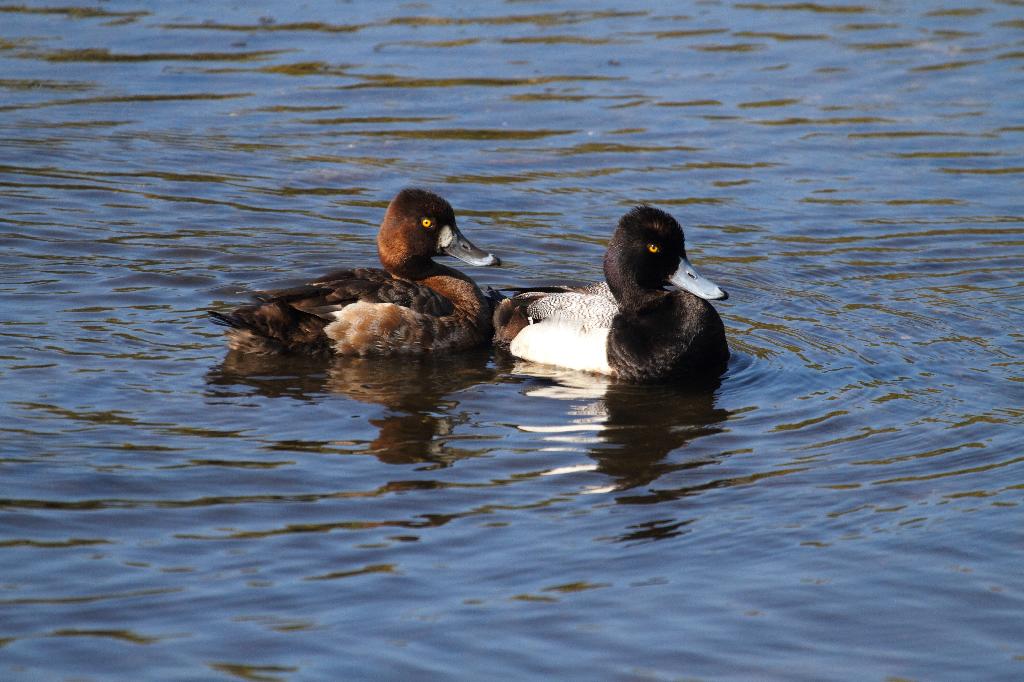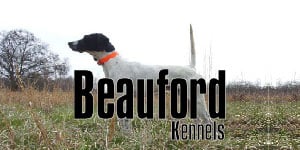Lesser Scaup - Duck Hunting - Wetland Hunting
View Recipes | Gamebird Services | Gamebird Hunts | View Photos

Description
The lesser scaup is among the most numerous and widespread diving ducks in North America. These medium-sized ducks have a small peak at the back of their head and a flat neck that's not rounded as seen on the Greater Scaup. From a distance, the breeding males are black and white but when you get closer you will see an iridescent purple to a green sheen on their head, a black back, bluish bill, and white, yellow eyes.
Although not all lesser scaup females have a white patch, females have a brown body, a darker brown head and a white patch that's found next to the bill. The non-breeding males have a mottled brown and gray body and a head blackish head.
Habitat
In winter, these birds occupy coastal bays, lakes, reservoirs, and estuaries. However, during the breeding season, the lesser scaup breed of ducks can be found in marshes especially near their nests. In summer, these game birds occupy the large marshes in the forested or prairie regions. This breed of ducks is more likely to be found in freshwater ponds and lakes because they prefer inland habitats.
Diet
Their diet is mainly mollusks and plant material. The diet varies depending on the habitat or season. However, animal matter comprises the main diet with mollusks like snails and clams, aquatic insects, small fish, and crustaceans being a part of the diet. These ducks also feed on plant materials like leaves and stems of sea lettuce, wild rice, bulrushes, wigeon grass, wild celery, pondweeds, sedges, grasses, seeds of pondweeds, etc. Since the lesser scaups are diving ducks, they feed by diving or swimming underwater. Dabbling in shallow water is also another way of feeding especially when feeding on small aquatic insects.
Nesting
The males can impress the females by shaking their heads, throwing the head far back and retracting it fast/very quickly. Exaggerated bowing movements and ritualized posturing are additional male courtship displays. It is important to note that males perform some of these displays underwater especially in summer or spring seasons.
The nest is built on dry land near a water source to reduce the distance traveled by the ducklings after hatching. As a result, islands that are surrounded by vegetation cover in lakes are ideal nesting sites. The nest is usually a shallow depression that's lined with dry grass and down.
Eggs
Females lay 9 to 11 olive buff eggs although they can range from 8 to 14 depending on the level of fertility or availability of food. Only the female ducks incubate the eggs for 21 – 27 days while the males guard the nest. Ducklings leave the nest shortly after few hours to look for water. Although females tend the young ones, the young feed on their own. It is common for 2 or more broods to join under the care of one or several adults. The young start making short flights after 47 - 54 days

















